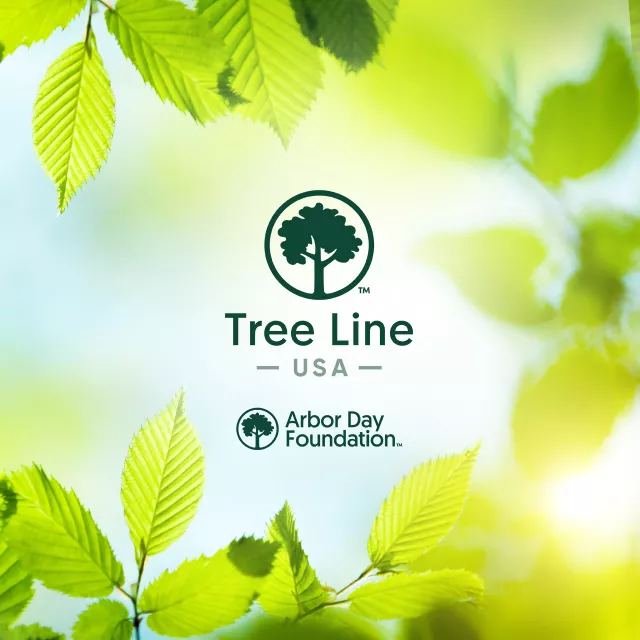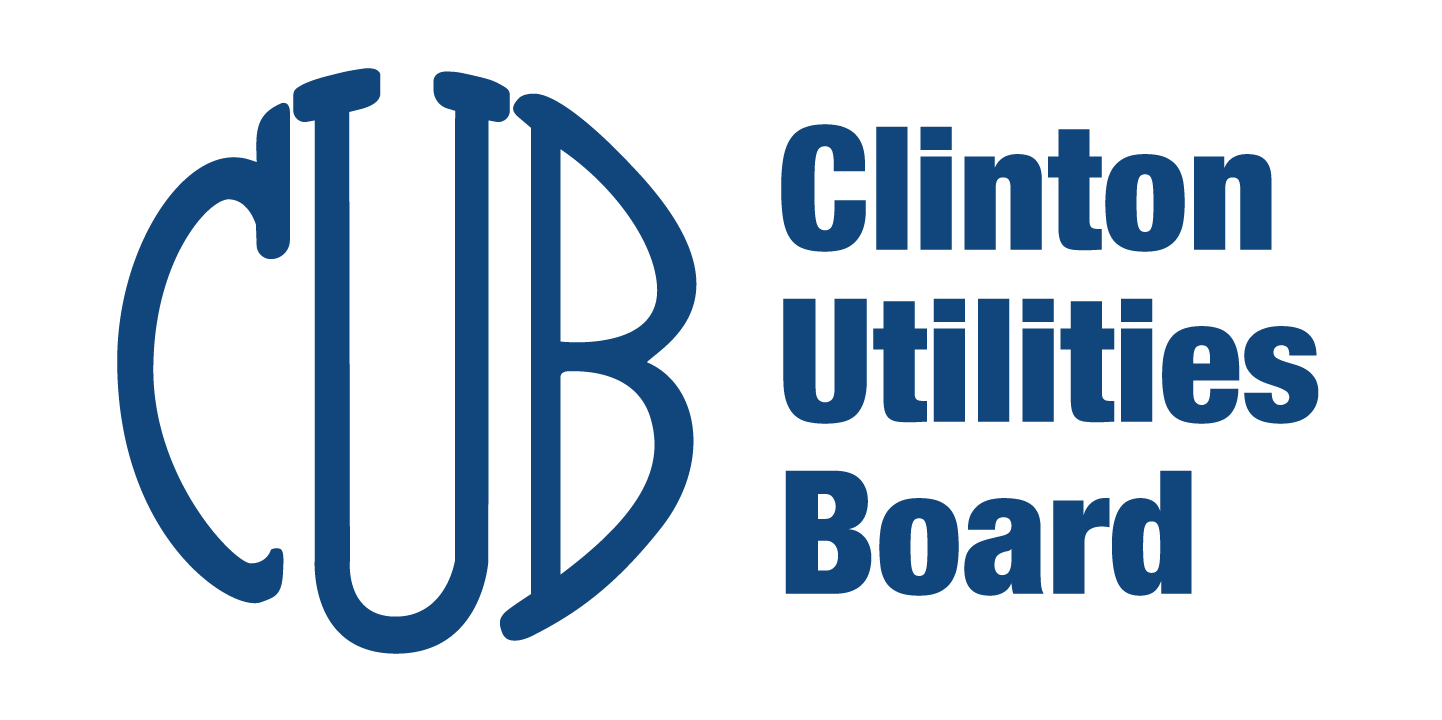Customer Service: (865) 457-9232
cservice@clintonub.com
Right-of-Way Program

Clinton Utilities Board has proudly been awarded a Tree Line USA Designation by the Arbor Day Foundation for more than 30 years. Our Right of Way Coordinator and personnel work diligently with our customers to ensure our lines are properly maintained by tree trimming and providing educational material on proper pruning techniques, conserving energy, and tree removal.
Click on the titles below to expand more information.
We all depend on the benefits made possible by safe, clean, reliable electricity. We are also a society that values nature, especially trees. Trees purify the air we breathe. They provide shade for our homes and habitat for wildlife.
Trees that grow too close to electric lines cause power outages and threaten the public’s safety. Over 50% of Clinton Utilities Board’s (CUB) electric outages are caused by trees falling on or coming in contact with power lines. In these modern times, interruptions in electric service cause major inconveniences.
Reliable service, public safety, and customer satisfaction are very important to CUB as your electricity supplier. We will not trim or remove any tree unless it poses a threat to either public safety or electric service reliability.
The following is an explanation of our tree trimming guidelines. These guidelines reflect the accepted standards among horticulturists and other experts in the field such as the National Arbor Day Foundation, The International Society of Arboriculture, the National Arborist Association, and other professional and trade organizations.
Wind easily whips the branches of an untrimmed tree into electrical conductors, perhaps causing power outages. If this tree falls, several spans of wire may be affected.
The “rounding over” method of trimming stimulates uncoordinated growth and can threaten the life of the tree. Sucker sprouts quickly outgrow the line clearance initially achieved through rounding over, thus making the original trimming useless. Horticultural studies conducted over the past 20 years show that rounding over is detrimental to the health of trees because the randomly placed cuts produce stubs that are susceptible to fungi, insects, disease, and decay. The weakened tree has increased chances of limb breakage during wind, ice, and snow storms.
Lateral, or natural trimming, is the accepted method used by CUB crews and contractors. The name “lateral” is derived from the method of cutting branches back to natural strong points on the tree, such as the juncture of the trunk and major limbs, major limbs and branches, and the like. Re-growth can occur with lateral trimming, but is not accompanied by profuse sprouting. Also, the lateral branches tend to direct the growth away from the power lines.
This is how a tree appears if it is trimmed by lateral pruning on only those branches that threaten the power lines. Branches growing above the conductors are directed up and back; those growing below the power lines are directed down and back. The next season’s growth is then concentrated in the direction the lateral cuts were placed. The tree will take this shape with future correct trimming cycles.
CUB tree trimming guidelines have been carefully designed to reflect the recommendations of urban foresters and experts from the National Arborist Association and the International Society of Arboriculture. Most utility companies now use the cost saving pruning methods outlined below that comply with ANSI A300 standards.
Crown reduction removes the main leader(s) to a suitable lateral branch. This type of pruning is suited to slow growing trees located directly under the lines. Fast growing trees such as silver maple, poplar, sweet gum, sycamore, and willow, located directly under the lines, should be considered for removal.
V Pruning is used for fast growing trees located directly under the lines when removal or crown reduction is not appropriate. With this type of pruning, no branches are left hanging over the lines. Side Pruning involves pruning the branches growing toward the lines on one side of the tree only. Any tree that has its base located 15 feet or more away from the centerline of our conductors will be side pruned.
V Pruning
8-10 ft. minimum
Crown Reduction
8 ft. minimum
Side Pruning
8-10 ft. minimum
Overhang Clearance
12-15 ft. minimum
Note: These minimum clearance guidelines may be altered by CUB to best suit the particular tree species involved.
Planting the right trees in the right places conserves energy and reduces your energy bills. Click the links below to learn more information about planting trees.
Plant Trees to Conserve Energy for Summer Shade
Repetitive trimming of fast growing trees located directly under the lines is a costly and temporary fix. Many trees that are trimmed heavily to clear the wires develop extensive internal decay and become a hazard. In these cases, the best solution may be removal of the tree. Please contact our Right-of-Way Coordinator at (865) 220-6257 if you have questions about tree removal.
Look up before you plant. Before you invest in a tree that will grow tall, look around the area where you intend to plant. Carefully match the tree species with the location. Trees with mature heights over 25 feet should be planted at least 25 feet from any overhead utility lines.
The reliability of your neighborhood’s electric service may depend on your choice of trees and where you plant them. Your cooperation with CUB’s Right-of-Way Program is essential. If you have any questions regarding the program, our Right-of-Way Coordinator can be reached at (865) 220-6257.
